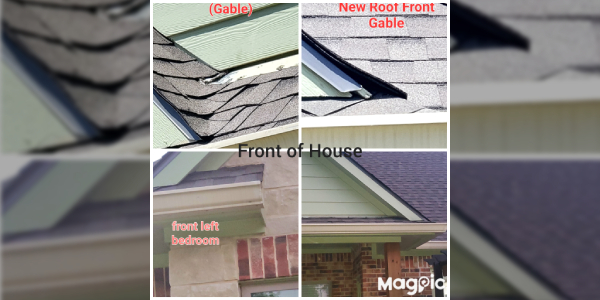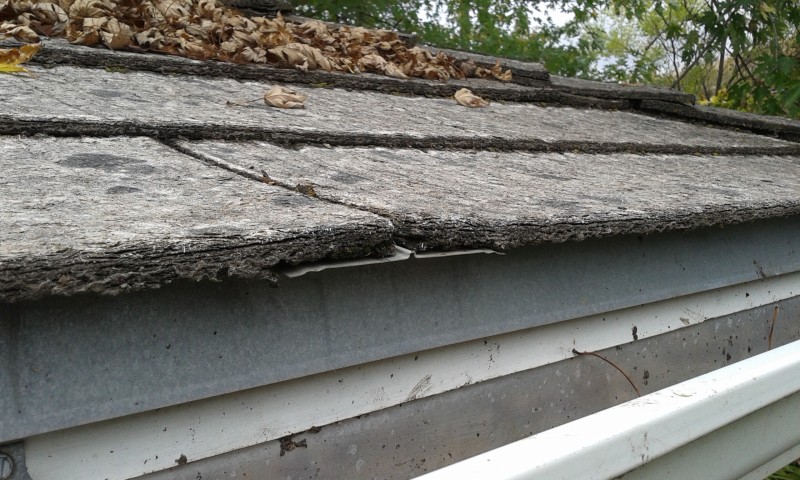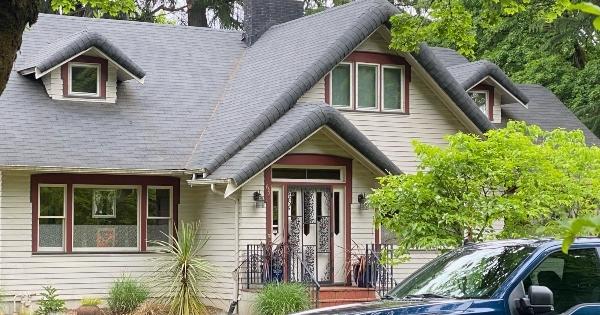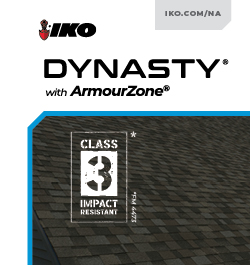Q&A – What do I do if my roof was built atop an older roof?
July 31, 2025 at 6:00 a.m.Two roofs aren’t better than one. A Georgia homeowner seeks advice for their secondary roof issue.
Melissa, a homeowner from Georgia, experienced issues with ductwork amid their roofing system and asked:
Our roof appears to have been built on top of the house's old flatter roof, leaving us with about 2.5 feet clearance (making things very interesting as we look to find someone to work on the HVAC ductwork crammed in that narrow space) where, due to the pitch of the (exterior) roof, we should have 5+ feet, according to a contractor who came out. How can we remedy this secondary roof? We can't get the ductwork fixed, nor can we get spray foam to help with the condensing ductwork, so we're in quite a pickle...
Below is what our roofing expert John Kenney from Cotney Consulting Group had to say in response:
It appears you're dealing with a second roof built over an existing low-slope or flat roof, creating a tight cavity between the structure. This hidden space complicates HVAC access, insulation and future repairs and can pose safety risks due to the concealed void, especially if it was not engineered adequately before installation.
Here are some solutions, but there are no easy fixes to your problem.
1 - Remove the secondary roof
- What it entails: Tear down the newer outer roof, fully expose the old flat roof, then properly rebuild from single-plane rafters or trusses.
- Pros: Restores full interior clearance; provides proper insulation and ventilation; simplifies future maintenance.
- Cons: Most invasive and expensive; requires coordination with structural, roofing, HVAC and insulation contractors.
2 - Raise the roof pitch
- What it entails: Extend wall or rafter height and build new rafters/trusses over the old roof, raising the pitch to add interior space
- Pros: Increases clearance without full teardown; keeps original ceiling intact.
- Cons: Complex structural work; impacts HVAC, electrical and ductwork; costly and may require new engineering and permits.
3 - Build a dormer or knee wall addition
- What it entails: Add dormers (framed projections) or knee wall "pop-outs" at select sections to locally increase height above ductwork areas.
- Pros: Less invasive, targeted intervention; avoids full roof rebuild; lower cost.
- Cons: Limited to small areas; may affect exterior appearance and waterproof details.
Make this decision by considering:
1 - Your budget and scope: Minor duct access fixes? Go with dormer/knee walls. Planning major attic renovation or HVAC overhaul? You may need a full rebuild or roof raise.
2 - Inspect the existing framing: Engineered trusses cannot be modified — only stick framing can accommodate pitch changes.
3 - Consult a structural engineer: They can assess wall capacity and advise whether roof jacking or renovation is feasible.
4 - Factor in future maintenance: Removing or raising the roof simplifies future work; patching with dormers lowers costs and disruption, but may complicate later repairs.
Overview:
Your current "roof over roof" configuration limits essential access and creates insulation challenges. While dormers can offer a quick patch, restoring usable attic space requires removing or raising the outer roof. It's a big job, but the most dependable solutions come from addressing the core structural issue. A structural engineer and roofing pro should be consulted before you make any decisions to verify the structure's integrity.
Another expert, Gilbert Diaz from Bone Dry Roofing, also tackled Melissa’s question and shared:
To start, I’d like to understand a bit more about what you’re aiming to accomplish. Is the goal to address interior damage, condensation issues or is it primarily about gaining access to HVAC ductwork in that confined space?
That said, even without those answers yet, here are a couple of initial suggestions worth considering:
1 - Remove the original roof decking
If feasible, removing sections of the original fiat roof could open the space and provide the clearance needed to work on ductwork or insulation. This would be labor-intensive.
2 - Re-route ductwork
If removal isn’t an option, selectively cutting access panels to reroute ductwork into more accessible runs may be a solid workaround.
Once we have more context on what exactly you’re hoping to resolve, I’ll be glad to offer more targeted recommendations.
Have a question? AskARoofer.
Find your local roofing contractor in the AskARoofer™ Contractor Directory.














Comments
Leave a Reply
Have an account? Login to leave a comment!
Sign In